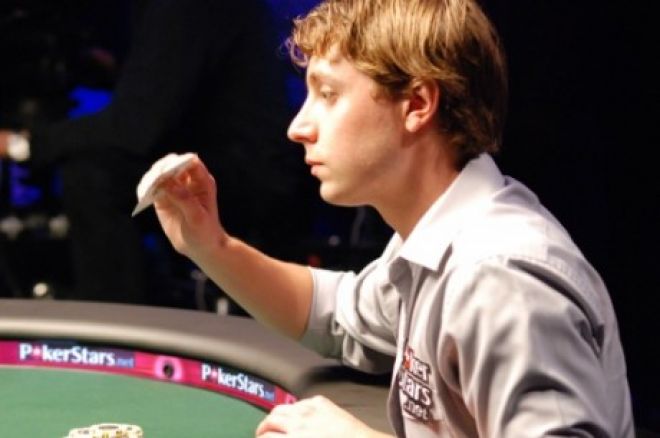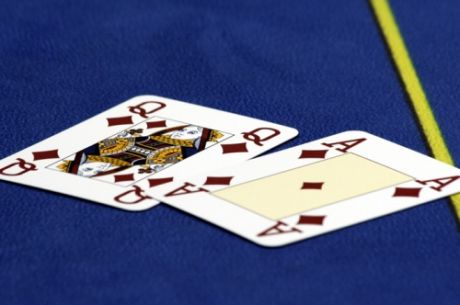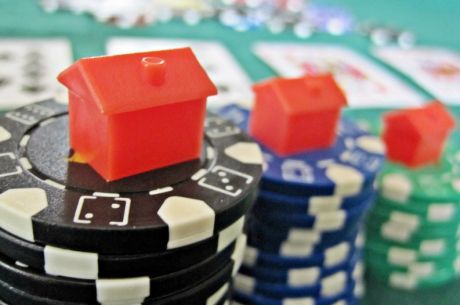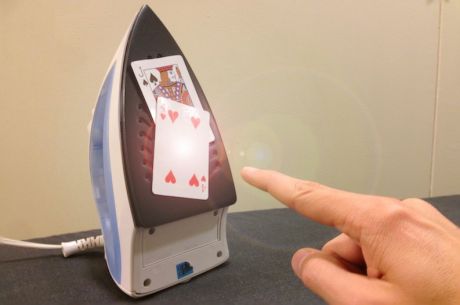Showing Hands to Establish an Image

After winning a pot without a showdown, a player always has the option to show his or her cards to the table. It is widely considered a smart move to keep your cards face down and toss them into the muck as you drag in your winnings. In doing so, you're depriving your opponents of any information and keeping as much of your play as possible a mystery.
There are, however, times when showing your hand to the table may be advantageous. The idea we��ll explore here is how showing a hand in different spots can affect your perceived image at the table and how you can potentially use this tactic to exploit weaker players.
A poker player who is actively thinking at the table is consistently attempting to gather information about you and your play with the intentions of exploiting that information for maximum profits at a later time. What one must remember, though, is that amateur poker players tend to take any information that they can get, which, in itself, is exploitable. It��s rare showing your hand in an effort to establish an image will work against an experienced player, but against an amateur whose skills are less honed, this can be an effective move.
By choosing to show your hand, you��re essentially forcing information into an opponent��s memory banks. The good news is that your opponents will always be looking for information, so they will tend to remember the hands that you��ve shown down to the table. In theory, doing so can establish a momentary or even a lasting image against weak players.
First, let��s examine a situation where showing a solid hand can help to establish a tight image.
Let��s say you��re deep in a tournament and closing in on the bubble. You desperately long to cash but you��re short on chips, sitting with right around nine big blinds. Action folds to your button and you pick up K?K?. The clear move here is to move all in, which you do, and both of the blinds fold.
After the hand you show your cards to the table, jokingly lamenting the lack of action that you received. The next hand you��re fortunate enough to see A?K? and you move all in again and receive no calls. Once again you show down your hand.
Fast-forward to one orbit later. It folds around to you in the cutoff seat and you look down at 2?2?. As the bubble grows closer, this is not necessarily a spot where you could like a call, but it��s a good spot where you can move all in to steal the blinds and still be a slight mathematical favorite if someone calls.
Since you showed your premium hands to the table earlier, there is a chance that a weak player may end up folding a middle-of-the-road hand to your 10-big blind shove because he or she perceives you as tight. This image you��ve created from showing your hands earlier can increase your ability to take down blinds and antes and keep your tournament life alive.
Conversely, an aggressive image can be crafted by showing down a bluff to a weak player.
Let��s say that action folds to you in the cutoff and you open with 8?6?, hoping to steal the blinds and antes. The big blind calls and you both see a flop of Q?10?2?. Your opponent check-calls a continuation bet from you and the K? hits the turn. He checks to you and you check back, allowing the A? to complete the board. Your opponent checks again and you fire out a bet, attempting to steal the pot right there. Your opponent sighs, flashes Q?5? for a pair of queens, and folds his hand.
��If you didn��t get me on the turn you got me on the river,�� your opponent says with a chuckle. You smile and reply by flashing him your eight-high for absolute air.
There is a chance that your opponent will now perceive you as someone who is not afraid to bluff at pots and put money in with nothing. In the future, having this image with an opponent could get him to play back at you and try to buy pots from you because he thinks that you��re frequently holding nothing. Playing a bit more solidly against him and actually having a hand when he does play back at you could mean more value for you in the future.
On the other hand, this perception may prompt your opponent to play more hands against you, but continue to play passively against you. Your opponent might stay in hands, looking to connect with a board in the hope that you will bluff into his made hand. If your opponent fails at hitting flops, though, this could be just as profitable for you as you can continue with the aggression in hands that you play and thus rake in small pots to pad your stack.
Generally speaking, showing hands is not something you want to do too often. In fact, many players do just fine adopting a policy never to show hands under any circumstances. But it��s worth keeping in mind that against some opponents and under the right circumstances, showing a hand can be effective way to establish an image you can later exploit to your advantage.
Get all the latest PokerNews updates on your social media outlets. Follow us on Twitter and find us on both Facebook and Google+!








